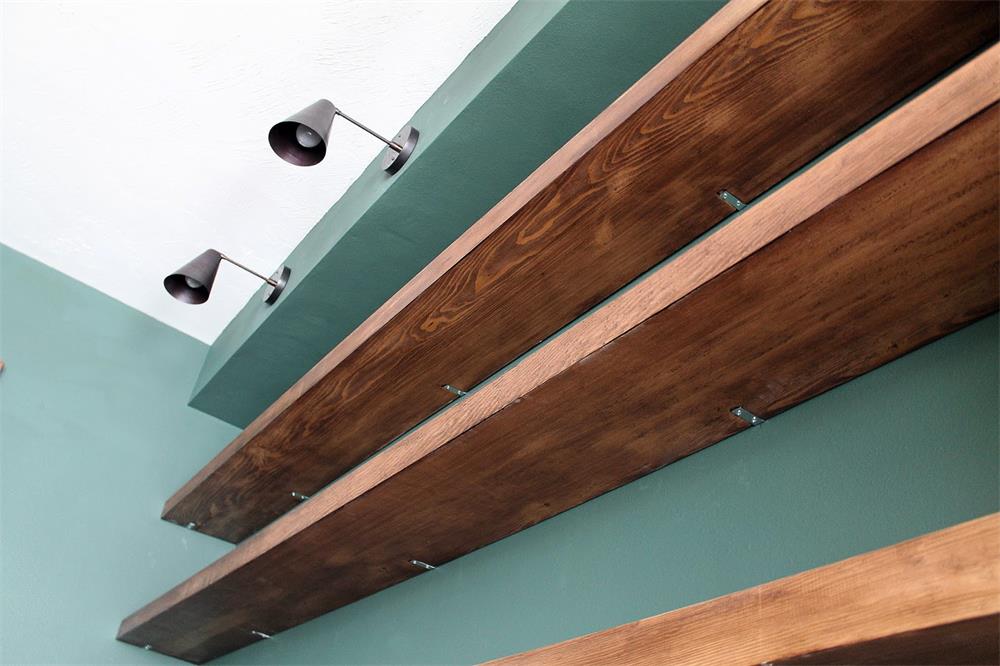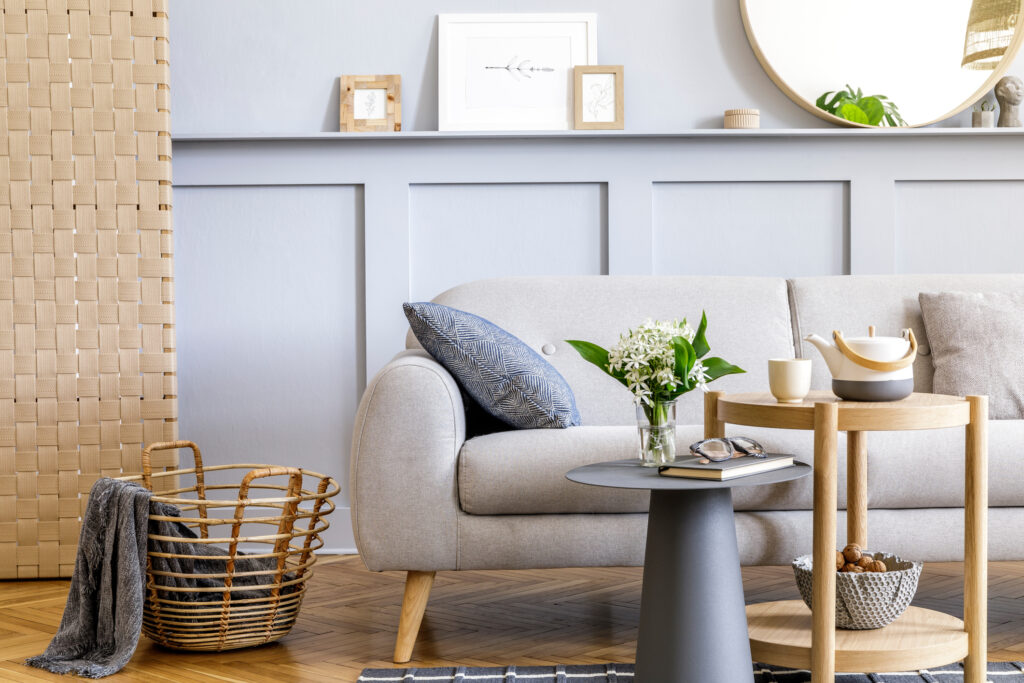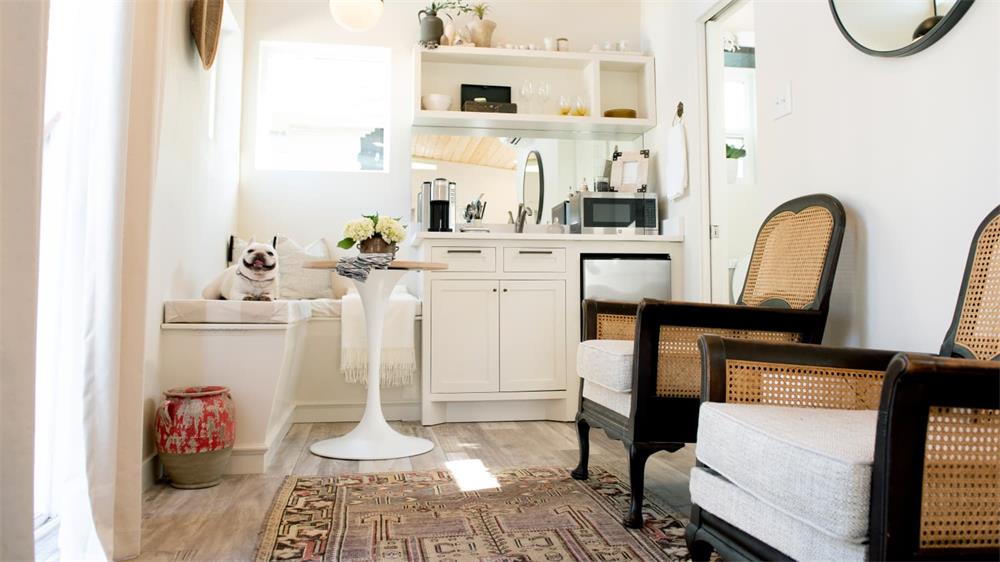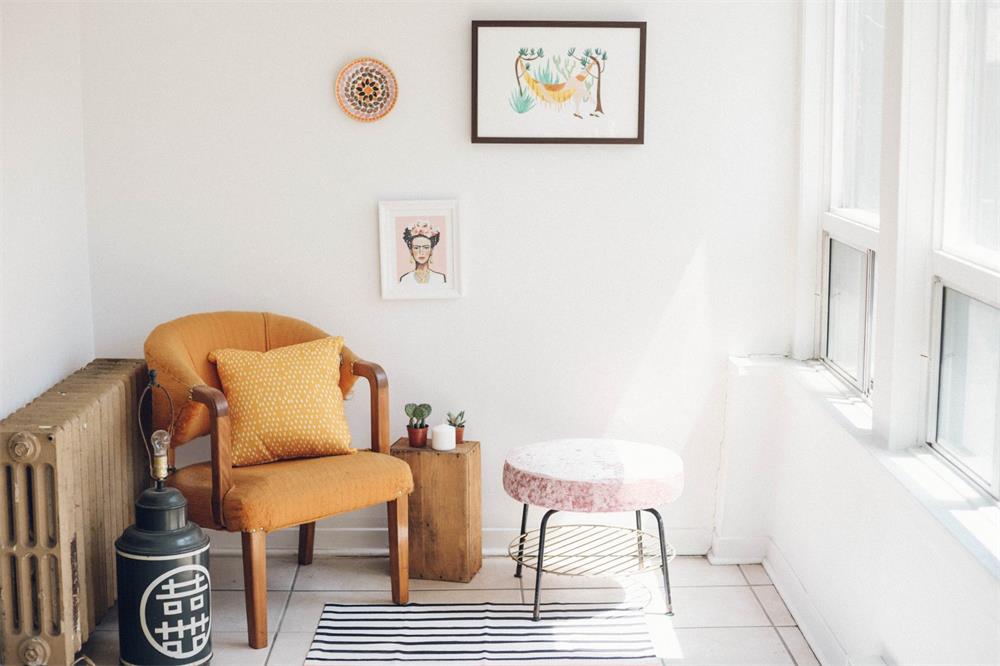If you want to add some storage space to your home with wall shelves, you need to consider two things: how much weight the shelves can hold without sagging, and how far apart to place the supports for the shelves. These factors depend on the type of material you use for the shelves, as well as the size and shape of the objects you want to store on them. In this article, we will give you some guidelines on how to choose the right shelving material and spacing for your wall shelves.
Choosing the Shelving Material
The shelving material is the board or panel that forms the surface of the shelf. There are many types of shelving materials available, such as plywood, solid wood, particleboard, and glass. Each type has its own advantages and disadvantages, depending on your budget, style, and needs.
One important thing to consider when choosing the shelving material is its span capacity. This is the maximum distance between the supports for the shelf that can prevent it from sagging under a certain load. The stronger the material, the longer the span capacity. For example, glass shelves can span longer distances than particleboard shelves.
The span capacity also depends on how much weight you put on the shelf. The more weight, the shorter the span capacity. For this article, we will assume that you want to store standard-sized hardback books on your shelves, which are relatively heavy objects.
Here are some common shelving materials and their recommended span capacities for storing books:
- Plywood: Plywood is a type of engineered wood made of thin layers of wood glued together. It is strong, stable, and affordable. Plywood comes in different thicknesses, ranging from 1/4 inch to 3/4 inch. For shelves, you should use plywood that is at least 3/4 inch thick. You can also laminate (glue) thinner sheets of plywood together to make a thicker panel for stronger shelves. The recommended span capacity for 3/4-inch-thick plywood shelves is 36 inches.
- Solid wood: Solid wood is natural wood that has been cut into boards or planks. It is durable, attractive, and easy to work with. However, it can also be expensive, prone to warping, and affected by humidity and temperature changes. Solid wood comes in different sizes and grades. For shelves, you should use select-grade lumber that has fewer knots and defects that can weaken the wood. You should also use lumber that is at least 3/4 inch thick (or 1 x lumber). The recommended span capacity for 1×10 lumber (which is actually 3/4 inch thick by 9 1/4 inches wide) is 24 inches.
- Particleboard: Particleboard is another type of engineered wood made of small wood chips or particles bonded together with glue or resin. It is cheap, lightweight, and easy to cut and install. However, it is also weak, brittle, and susceptible to moisture damage. Particleboard comes in different thicknesses and densities. For shelves, you should use particleboard that is at least 5/8 inch thick and has a high density (at least 45 pounds per cubic foot). The recommended span capacity for 5/8-inch-thick particleboard shelves is 16 inches.
- Glass: Glass is a transparent material that can create a sleek and modern look for your shelves. It is strong, easy to clean, and resistant to stains and scratches. However, it is also fragile, expensive, and difficult to cut and install. Glass comes in different thicknesses and finishes. For shelves, you should use tempered glass that is at least 1/4 inch thick and has a smooth or frosted finish. The recommended span capacity for 1/4-inch-thick glass shelves is 48 inches.
Spacing the Shelf Supports
The shelf supports are the brackets or rails that attach the shelf to the wall. They provide stability and strength to the shelf by transferring its weight to the wall. There are many types of shelf supports available, such as metal brackets , wooden cleats , or adjustable tracks . You should choose shelf supports that match your shelving material in terms of size, style, and load capacity.
The spacing of the shelf supports depends on the span capacity of your shelving material and the length of your shelf. You should place the supports as close as possible to the ends of the shelf without interfering with its appearance or function. You should also place additional supports along the length of the shelf according to its span capacity.
For example, if you have a 60-inch-long plywood shelf with a span capacity of 36 inches, you should place one support at each end of the shelf (at 0 inches and 60 inches), and one support in the middle (at 30 inches). This way, you will have three supports spaced evenly at 30-inch intervals along the shelf.
If you have a 72-inch-long glass shelf with a span capacity of 48 inches, you should place one support at each end of the shelf (at 0 inches and 72 inches), and two supports in between (at 18 inches and 54 inches). This way, you will have four supports spaced evenly at 18-inch intervals along the shelf.
Adjusting the Shelf Height The shelf height is the vertical distance between two shelves or between a shelf and the floor or ceiling. The shelf height depends on what you want to store on the shelves and how much space you have available.
There is no fixed rule for determining the shelf height , but there are some general guidelines you can follow:
- Measure the height of your tallest object that you want to store on a shelf , such as a book , vase , or basket . Add an extra inch or two for clearance . This will be your minimum shelf height .
- Measure the height of your available wall space , from floor to ceiling or from counter to cabinet . Subtract an extra inch or two for clearance . This will be your maximum shelf height .
- Divide your available wall space by your minimum shelf height . This will give you an estimate of how many shelves you can fit on your wall .
- Adjust the spacing between your shelves according to your preference , needs , and aesthetics . You can make them equal , staggered , or varied . You can also leave some gaps for displaying larger or taller items .
Tip
To secure your shelf supports firmly to the wall , you should attach them directly to wall studs whenever possible . Wall studs are vertical wooden frames behind drywall that provide structural support . You can use a stud finder tool to locate them on your wall . If you cannot attach your supports to studs , you should use appropriate wall anchors that can hold up the weight of your shelves and their contents.
Installing the Wall Shelves Once you have chosen your shelving material, spacing, and height, you are ready to install the wall shelves. The installation process may vary depending on the type of shelf supports and shelving material you use, but here are some general steps to follow:
- Gather your tools and materials. You will need wall-mounted shelves, shelf supports, a pencil, a tape measure, a standard level, a stud finder, screws, drywall anchors, a screwdriver, a drill, and a hammer.
- Determine the placement. Decide where you want to hang the shelf and how much weight it will hold. Use a stud finder to locate any wall studs in the area and mark them with a pencil. If there are no studs available, you will need to use drywall anchors.
- Mark the position. Have someone help you hold the shelf against the wall. Use a standard level to make sure it is aligned horizontally and vertically. Mark the wall with a pencil on both ends of the shelf. Position the shelf supports against the wall along the bottom of the shelf. Mark inside the holes of the supports so you know where to insert the screws. Remove the shelf and the supports from the wall.
- Drill starter holes. Use a screwdriver or a drill on low speed to drill starter holes with the screws into the support markings. Do not twist the screws all the way into the wall.
- Install the anchors and brackets. Remove the screws and place the first support over the starter holes. If you are using drywall anchors, insert them into the holes with a hammer. Re-insert the screws into the supports and tighten them with a screwdriver or a drill until they are secure. Do not over-tighten them. Repeat for the other supports.
- Hang the shelves. Place the shelf on top of the supports and center it. If the supports have openings on top, secure them to the bottom of the shelf by inserting screws into them and tightening them with a screwdriver or a drill.
- Enjoy your new wall shelves. You can now use your wall shelves to store or display your items. Make sure not to overload them or place heavy objects near the ends of the shelves.












